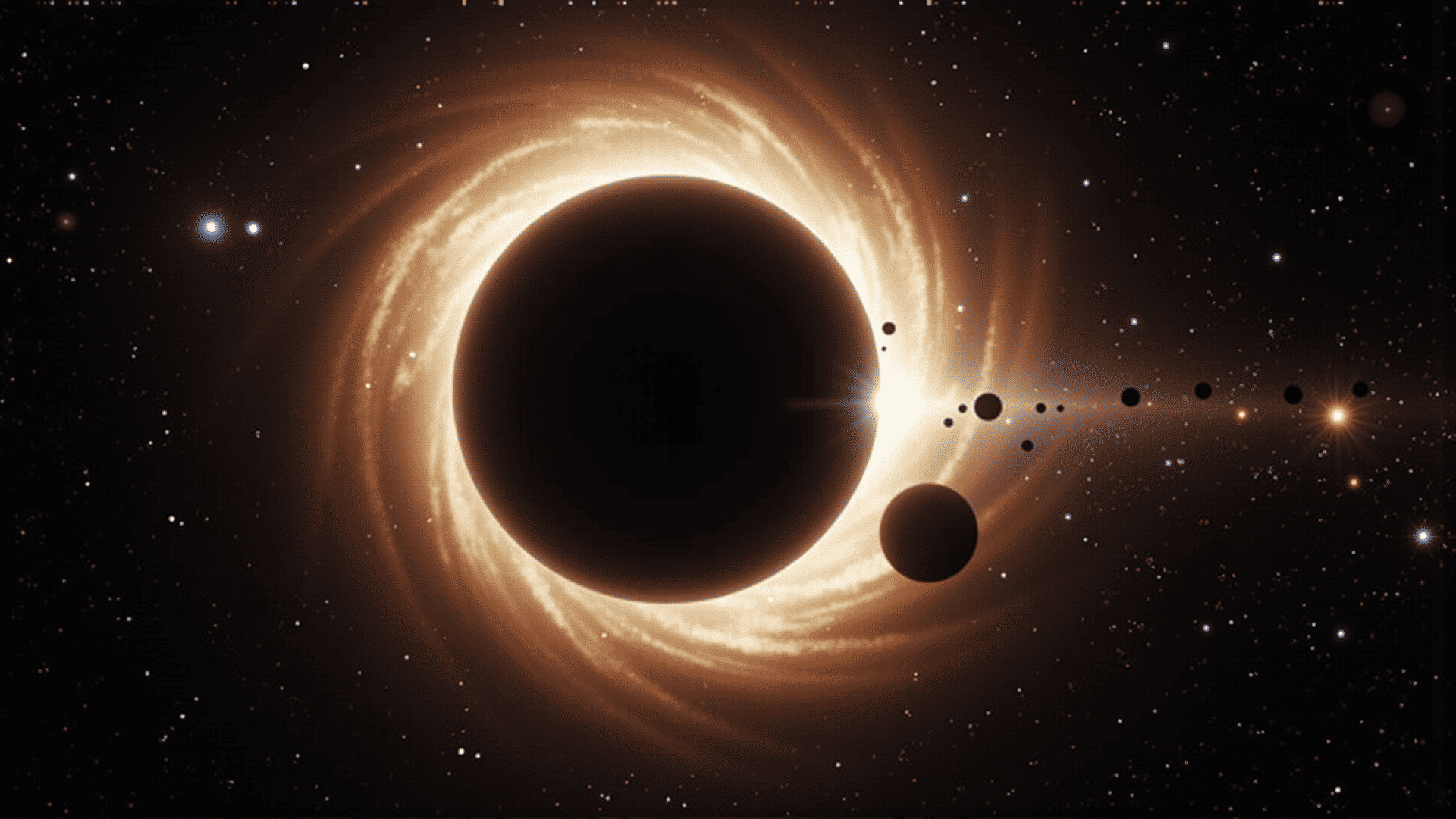In the vast expanse of the universe, there exist phenomena so enigmatic and powerful that they challenge our understanding of physics and the very fabric of reality. At the heart of these cosmic marvels are black holes—regions in space where gravity is so intense that not even light can escape. These celestial entities captivate the imagination and continue to intrigue scientists with their mysterious properties.
The concept of a black hole stems from Albert Einstein's general theory of relativity, which predicts that a sufficiently compact mass can warp space-time to create a region from which nothing can return. These objects can be formed when massive stars exhaust their nuclear fuel and collapse under their gravity. The result is a singularity—an infinitely dense point at the core of a black hole surrounded by an event horizon, the boundary beyond which escape is impossible.
Black holes vary widely in size. Stellar black holes are remnants of massive stars and can be several times the mass of our sun. In contrast, supermassive black holes, which lurk at the centers of galaxies, including our Milky Way, possess millions to billions of times the mass of the sun. Their origins remain one of the biggest puzzles in astrophysics, with researchers exploring theories from mergers to the collapse of massive gas clouds in the early universe.
One of the most fascinating aspects of black holes is their influence on nearby matter. As objects draw closer, they accelerate and heat up, emitting radiation powerful enough to illuminate the darkness of space. This accretion process helps us detect these otherwise invisible bodies. Notably, in 2019, the Event Horizon Telescope collaboration released the first image of a black hole, capturing the shadow of the supermassive black hole in galaxy M87—a groundbreaking achievement that further solidified our understanding of these enigmatic entities.
Black holes also serve as natural laboratories for testing the limits of physical laws. They push our understanding of gravity and quantum mechanics, posing significant questions about the unification of forces and the nature of time and space. One such question involves the "information paradox," which puzzles scientists on whether information that falls into a black hole is lost forever, challenging the fundamental principle that information is preserved in the universe.
While black holes present formidable challenges, they also offer profound opportunities for discovery. As technology advances, astronomers and physicists continue to develop innovative methods to study these cosmic phenomena, from gravitational wave astronomy to sophisticated computer simulations that model the extreme environments near a black hole.
In essence, black holes are more than simply cosmic curiosities; they are central to our quest to comprehend the universe. They represent the frontier of scientific inquiry, beckoning us to explore deeper and expand the boundaries of what we know. As we venture further into the mysteries of black holes, we take steps toward unraveling the fabric of the cosmos and our place within it.
